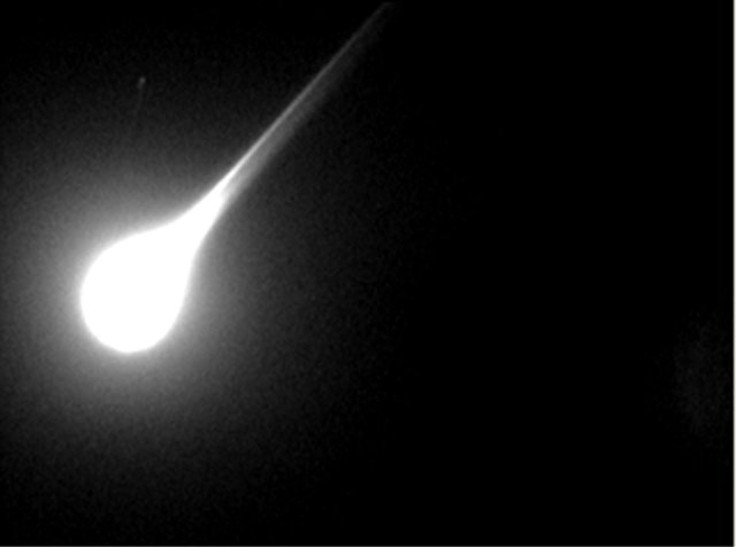Video Captures Possible Meteor Explosion Over Canada [WATCH]
KEY POINTS
- A fireball event was recently reported in Canada
- An eyewitness captured a video of the fireball
- The fireball might have been caused by a meteor's explosion
A bright fireball caused by a possible meteor’s mid-air explosion was spotted by several eyewitnesses in Canada. One of the eyewitnesses was able to capture a video of the fireball’s airburst using his car’s dashcam.
The fireball incident was confirmed by the American Meteor Society (AMS). According to the organization, the event happened on July 24 at 5:45 a.m. U.T. or at 1:45 a.m. EDT. A total of nine eyewitnesses spotted the fireball. Eight of them were from Canada, while one was from the U.S.
According to the eyewitness reports, the fireball appeared in the sky for a couple of seconds. Many of them noted that its magnitude ranged from -8 to -25, making the object brighter than Venus when viewed from Earth.
An eyewitness named Stephen G. from Calgary, Alberta in Canada captured a stunning video of the fireball as it streaked across the sky. The video was taken using the eyewitness’ dashcam.
In the video, the fiery object appeared as a bright greenish orb in the sky. As it fell toward the ground, it produced a couple of bright flashes before disappearing. Traces of fragmentation can also be seen from the fireball before it disappeared.
According to some of the eyewitnesses, the flashes produced by the fireball before it vanished were bright enough to illuminate large portions of the sky. Others also stated that they saw fragments breaking away from the object’s main body.
Based on the descriptions and reports provided by the eyewitnesses, it is possible that the object that caused the fireball event was a meteor that hit Earth. It seems the object burned up in the sky and exploded as it entered the planet’s atmosphere.
As explained by the AMS, the object could be a bolide, which is a type of fireball that has fragmentation and creates a bright flash before disappearing.
“A fireball is another term for a very bright meteor, generally brighter than magnitude -4, which is about the same magnitude of the planet Venus in the morning or evening sky,” the AMS explained in a statement. “A bolide is a special type of fireball which explodes in a bright terminal flash at its end, often with visible fragmentation.”

© Copyright IBTimes 2024. All rights reserved.





















